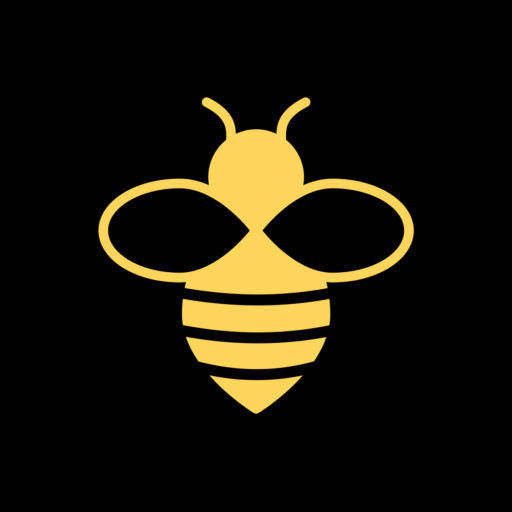Category: Literacy
-

Wolf Information
Making Notes With your partners decide what you would like to find out about Wolves. Make a list of possible headings. Put those headings on a big piece of paper to make a brainstorm/poster. Individually start doing some research. Write your findings on Post-its and add them to the poster. Make sure they fit with…
-

Picture Prompt
-
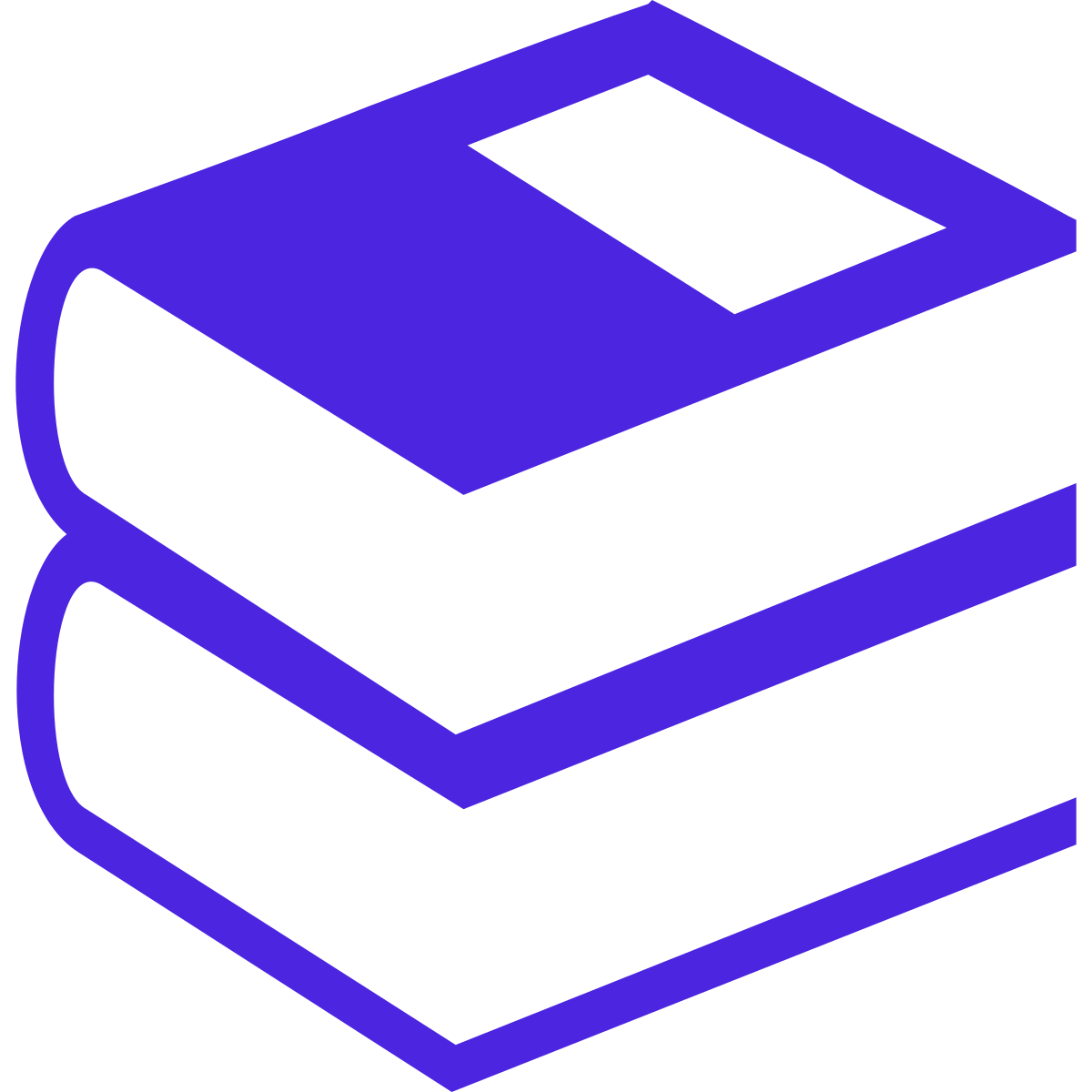
Blooms Book Questions
Try some of these HOTs questions about your reading book. Try at least one question from each section if you can. Remembering Where and when did the story take place? Who are the main characters? What does the main character look like? How does the book end? How does the book begin? Understanding What did…
-
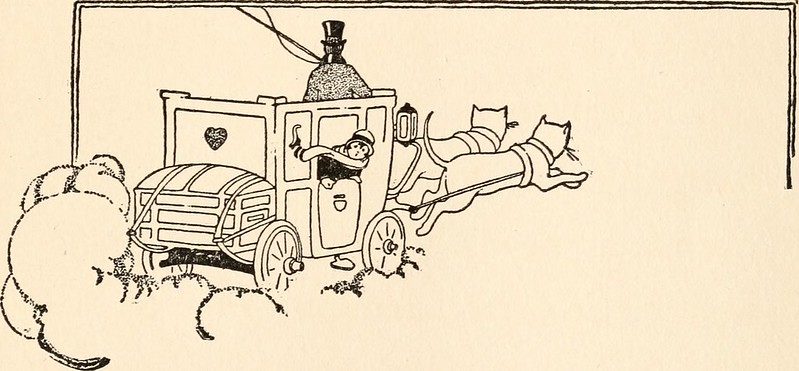
Story Ideas
Click the elements until you get a good idea:
-

Handwriting
Find some text you like, maybe the poetry box, or a book you are reading. Maybe something you have written. Copy it out in your best writing, make it beautiful. Or ask Mr Johnston for a sheet to copy.
-
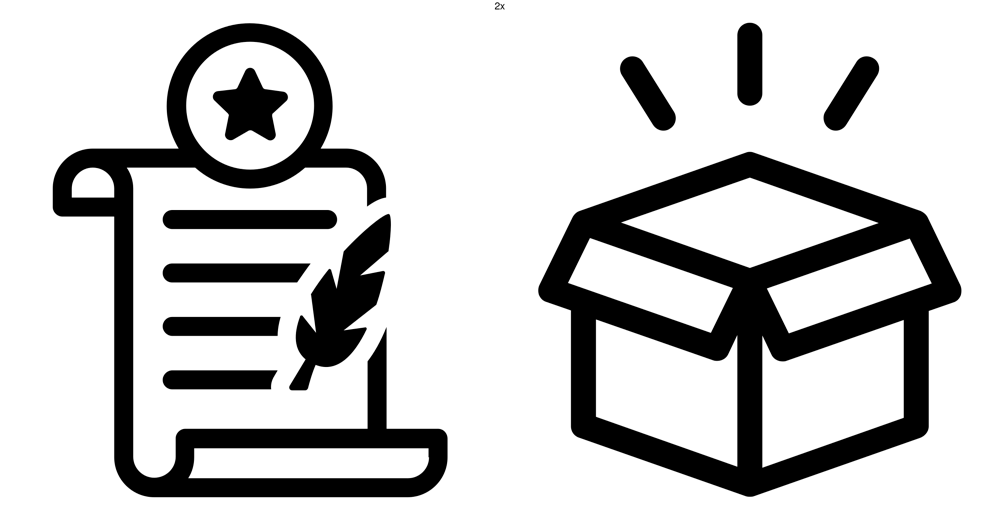
Poetry Box
Dig into the box, read some poems, find one you like: You could copy out a poem and illustrated it, practise saying it to share it with the class or write a poem yourself. Only got a few minutes: Dig into the box, read a poem. Or read some of our own:
-
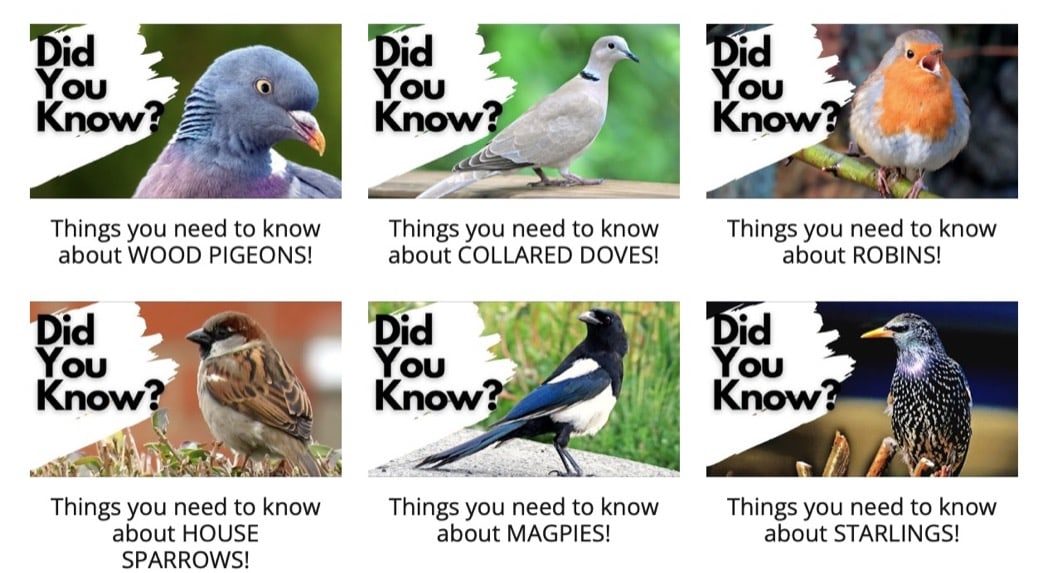
Bird & Beastie Facts
You might want to do this over more than one session. Take notes the first time, use these notes to write the information text the second time. Part 1 The Videos are at the bottom of this page. Choose a bird and note down its name Watch the videos take notes of what the video…
